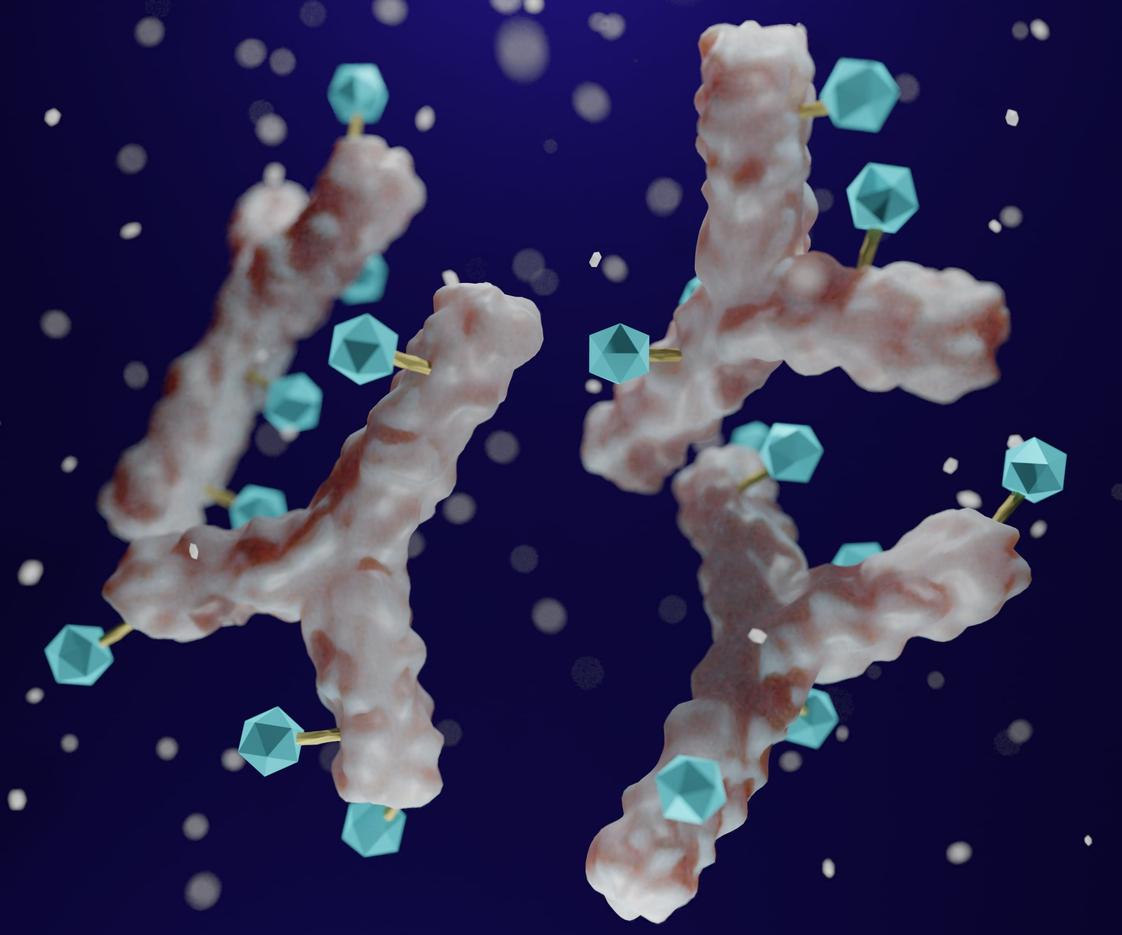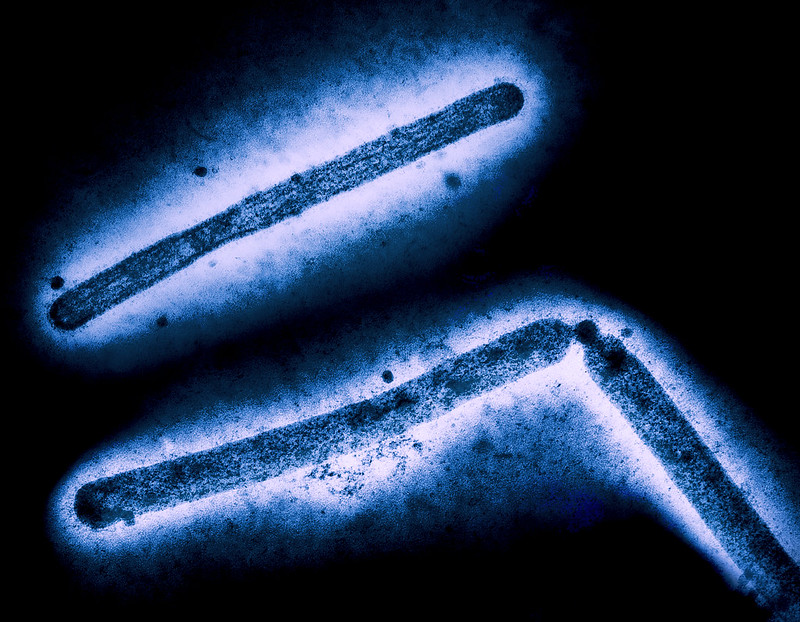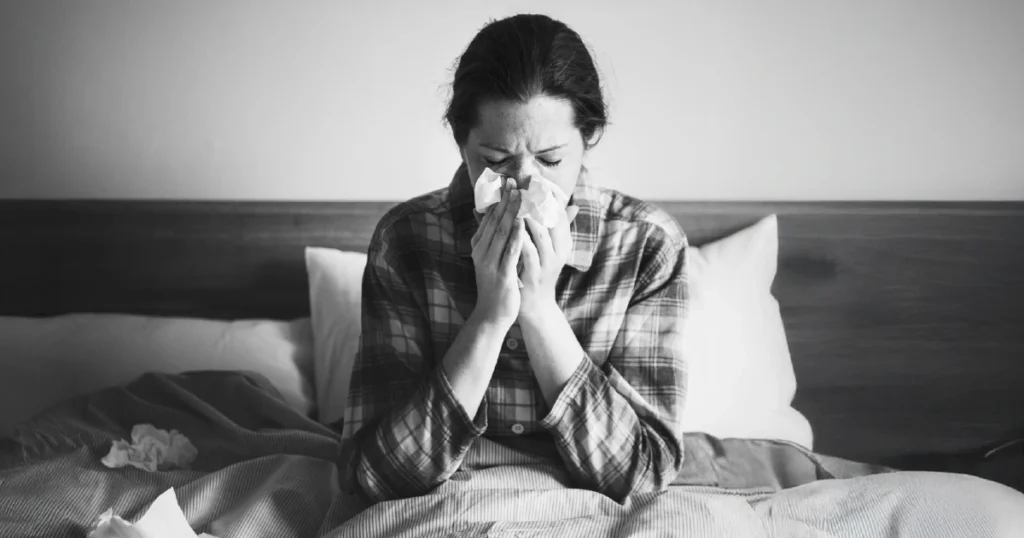The Cystic Fibrosis (CF) Foundation announced today that it has agreed to invest up to $2.3 million in Owlstone Medical to develop a breath test designed to detect Pseudomonas lung infections.
Owlstone will use the money to conduct a preclinical study on the feasibility of analyzing breath to detect lung infections caused by Pseudomonas aeruginosa, a frequently multidrug-resistant pathogen that colonizes the lungs of CF patients and is the most common cause of CF exacerbations. Pseudomonas infections are typically diagnosed from mucus or phlegm samples from the lungs, but obtaining those samples from young children and CF patients who are taking modulator therapies—which reduce mucus—is difficult.
The foundation said that testing conducted in its patient registry in 2023 found that 25% of CF patients were positive for Pseudomonas. Owlstone, which is also developing breath tests to improve detection of cancer and other diseases, will initially focus on chronic Pseudomonas infections and then undertake additional research into the detection of new Pseudomonas infections.
Early detection crucial
The hope is that the breath test, if successful, can result in earlier identification and elimination of Pseudomonas infections before they become persistent, which would in turn reduce antibiotic use.
“Developing high-performing diagnostic tests of lung infections that do not rely on sputum collection or invasive procedures is a high priority,” David Nichols, MD, senior director of clinical research development at the CF Foundation, said in a foundation press release. “Once Pseudomonas is established in the lungs, it is difficult to eliminate, so early detection and treatment is crucial in eradicating these infections.”
The Minnesota Board of Animal Health (MBAH) announced yesterday that testing as part of its milk surveillance program has identified H5N1 avian flu in a dairy herd from Stearns County in the central part of the state.
The Minnesota Department of Agriculture, working with state and industry partners, on the week of February 24 began sampling and testing for H5N1 routinely collected bulk milk testing before pasteurization, with the goal of testing milk samples from the state’s 1,600 dairies monthly. The program is part of the National Milk Testing Strategy announced by the US Department of Agriculture in December 2024.
.jpg)
Following state testing, the US Department of Agriculture (USDA) National Veterinary Services Laboratory confirmed the findings on March 21, and the MBAH has quarantined the herd.
In its statement, the MBAH said the herd was previously infected in July 2024 and will not be categorized as a new herd. It added that it will add any new information to those data on its dashboard. Following the July detection in the herd, it was released from quarantine in early September.
Another California herd affected; more poultry hit
The USDA Animal and Plant Health Inspection Service (APHIS) today confirmed 1 more H5N1 detection in a dairy herd, another in California, raising the national total to 990 and California’s total 756.
Over the past few days, APHIS has reported more outbreaks in poultry flocks in eight states, including Pennsylvania and Illinois, where commercial turkey farms were affected. The virus was also confirmed on a farm in New Jersey’s Atlantic County.
Several states had more outbreaks involving backyard flocks: Missouri, New York, Kansas, New Mexico, and Montana. Also, the virus was detected at another live-bird market, this time in Onondaga County, New York.

UK and US researchers determine that, in patients at high risk for severe COVID-19, the benefits of early treatment with the monoclonal antibody sotrovimab may extend beyond the acute phase of COVID-19 and contribute to the prevention of long-COVID symptoms. The findings are published in the journal Infection.
Researchers used data from the US National COVID Cohort Collaborative to compare outcomes and long COVID status among high-risk patients who received sotrovimab treatment from May 26, 2021, to April 5, 2022, and high-risk patients with COVID-19 diagnosed from May 26, 2021, to March 26, 2022, who did not receive any treatment for COVID-19 during the acute phase. In total 9,504, sotrovimab-treated and 619,668 untreated patients were included in the analysis.
Long COVID was defined as a diagnosis of 1 or more of 26 potential symptoms at 30 days or more after the first COVID-19 diagnosis.
8% reduction if treatment started early
The average treatment effect in the treated hazard ratio among those who received sotrovimab was 0.92 (95% confidence interval, 0.89 to 0.96), suggesting the antibody was protective against long COVID, with treated patients having an 8% decreased risk of developing long COVID compared with untreated patients.
Only treatment within 10 days of COVID-19 diagnosis was associated with lower risk, the authors said.
These findings suggest that the benefits of early treatment with sotrovimab may extend beyond the acute phase of COVID-19.
“These findings suggest that the benefits of early treatment with sotrovimab may extend beyond the acute phase of COVID-19 and contribute to the prevention of PASC [post-acute sequelae of COVID-19, or long COVID], symptoms in a population with substantial disease burden,” the authors concluded.
The UK Health Security Agency (HSA) today published a new priority pathogens tool—outlining pathogen families that pose the biggest risk to public health—to help support funding of research and development into new diagnostics, vaccines, and treatments.

The list contains 24 pathogen families, providing rankings of high, moderate, or low regarding pandemic and epidemic potential. The HSA said its scientists took into account transmission routes and disease severity.
In a statement, the agency said the ratings aren’t intended as a detailed threat assessment and don’t indicate which pathogen is most likely to trigger then next pandemic, but rather which ones require increased scientific investments and study. The rankings also highlight which pathogens need increased diagnostics and vaccine development and which may be exacerbated by changing climate or antimicrobial resistance. Officials said the tool will be updated, based on scientific developments.
Pathogens with high pandemic potential include coronaviruses, the Orthomyxoviridae group that includes avian flu, the Paramyxoviridae group that includes Nipah virus, and the Picornaviridae that includes enterovirus D68.
Expert reactions mixed
Scientists contacted by Britain’s Science Media Centre, an independent group that works to provide evidence-based clarity on scientific topics, had mixed reviews about the new tool.
Some said it brings useful information together in one place, and Catrin Moore, DPhil, MBA, MPH, an infectious disease and global health specialist with the University of London, said she would like to know more about how the HAS’s methodology, the papers it used, and the diagnostics it identified.
Jose Vazquez-Boland, DVM, PhD, chair of infectious diseases at the University of Edinburgh, said the priority list comes with a risk, given that other important pathogens might be receive insufficient or no funding when funding and resources are increasingly scarce. “In my opinion, the bacterial pathogens list is rather limited and predictable,” he said.

Chronic wasting disease (CWD) testing after a recent reduction of the white-tailed deer herd at Manassas National Battlefield Park has revealed a case in the Prince William County, Virginia, part of the park, according to a news release from the National Park Service (NPS) yesterday.
The deer was the first detection of the fatal neurologic disease in the park.
“Manassas National Battlefield Park and other national parks in the area reduce deer populations to protect and restore native plants, promote healthy and diverse forests, and preserve historic landscapes,” the NPS said. “Washington, D.C., Maryland, Virginia, and West Virginia national parks conducting deer reduction operations participate in CWD monitoring programs for wildlife health.”
A rapidly spreading illness
Results from these parks were negative for CWD until 2024, when deer at three nearby national parks in Maryland and West Virginia—Antietam National Battlefield, Monocacy National Battlefield, and Harpers Ferry National Historical Park—tested positive.
The NPS will continue to participate in monitoring of collected deer for CWD and will destroy venison testing positive for CWD, according to NPS guidelines.
“The NPS will continue to participate in monitoring of collected deer for CWD and will destroy venison testing positive for CWD, according to NPS guidelines,” the news release said.
CWD, which affects cervids such as deer, elk, and moose, is classified under the umbrella of transmissible spongiform encephalopathies, which are caused by prions, or infectious misfolded proteins that can persist in the environment for years.
The disease was first identified in 1967 in a mule deer at a Colorado research facility and was subsequently detected in a wild elk in 1981. Since that time, CWD has been found in 36 US states, five Canadian provinces, Finland, Norway, South Korea, and Sweden.
Unrestricted financial support provided by













